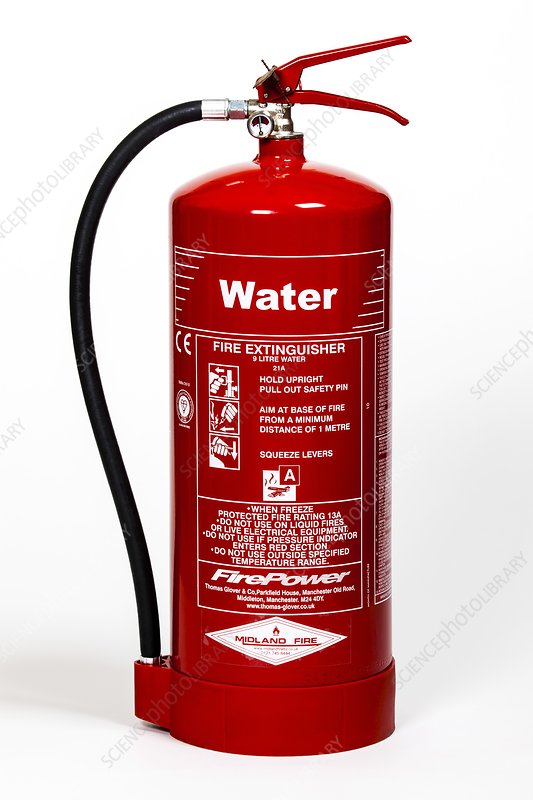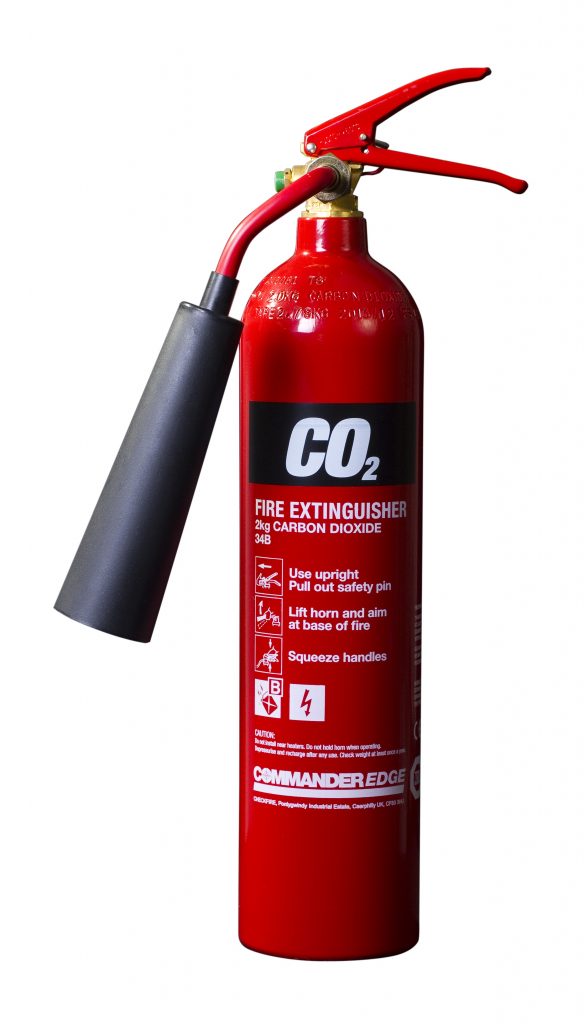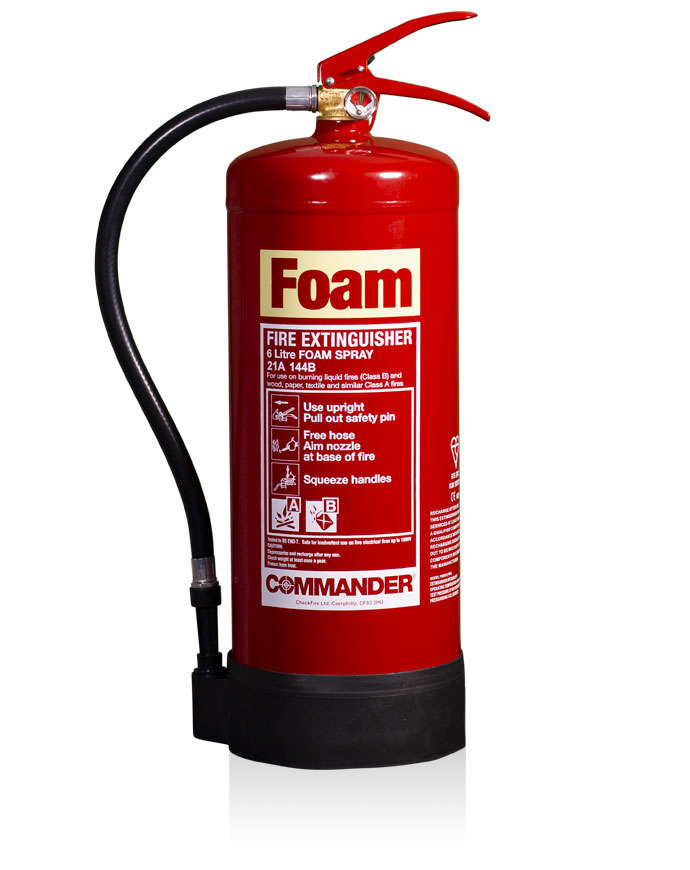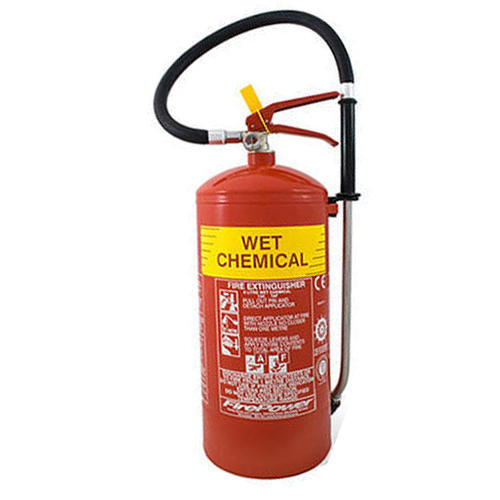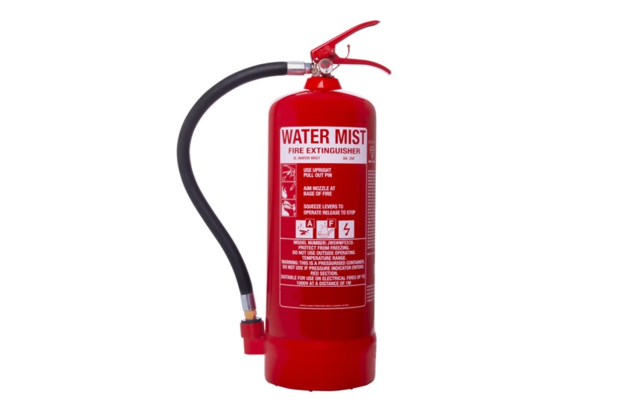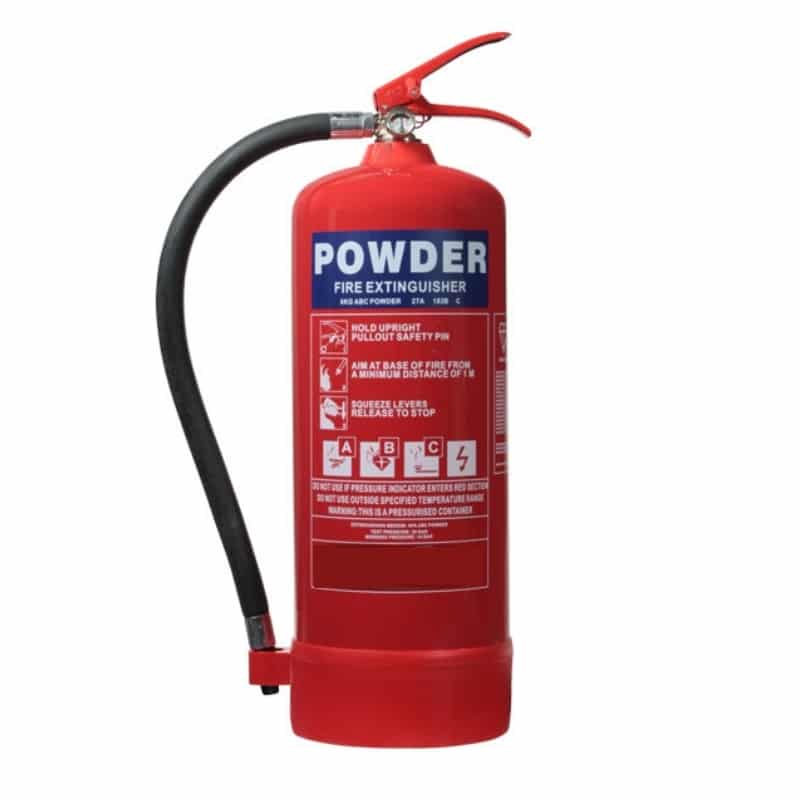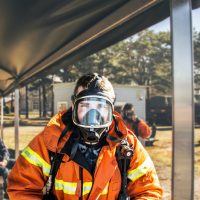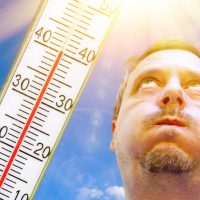Portable Fire-fighting Extinguishers (PFFE) considered as one of the most important tools that used to extinguish fires. In 1997, the fire extinguisher external body become complete signal red. So, how we can differentiate between them to be used in the proper manner? PFFE is a manual technique to fighting fires. In addition, PFFE type, volume, location should be identified in workplaces in the emergency response plan.
Basically, there are six color codes indicating the type: Red (water), White (water mist), Black (Carbon Dioxide), Cream (Foam), Yellow (Wet Chemical), and Blue (Dry Powder). The new standard highlighted that: Water extinguishers are colored signal red. Other extinguishers will be predominantly signal red with a label, band or circle covering at least 5% of the surface area of the extinguisher in a second color indicating the contents of the extinguisher. However, the Green Halon extinguishers are not permitted, and they are now illegal. Furthermore, the color is not the only indicator, the type written as well. The table below describing the old and new color code system:
| Type | Old Code | New Code |
| Water | Red | WATER |
| Water Mist | White & Red | WATER MIST |
| Carbon Dioxide | Black | CO2 |
| Foam | Cream | FOAM |
| Dry Powder | Blue | POWDER |
| Wet Chemical | Not in use | Wet Chemical |
1- Red (Water Extinguishers):
Found in many businesses and public buildings and the cheapest option, designed for Class A type of fires, must not be used on electrical fire under any circumstance, work by squirting a jet of H2O at the fire. Used on: Coal and wood fires, Textile and fabrics fires, Cardboard and paper fires.
2- Red & White (Water Mist Extinguishers):
Uses fine water particles two douse fire, help to control fire by reducing the temperature of the flame and the surrounding atmosphere, used on wood fires, petrol fires, gas fires, electrical fires and cooking oil fires, which is why they’re such impressive tools, primarily for Class A fires, although they are safe for use on Class C fires as well.
3- Black (Carbon Dioxide Extinguishers):
Primarily used for electrical fires. They are also used in computer server rooms. They can also be used in Class B fire types. Works by suffocating the fire by displacing the oxygen needed to burn with CO2. Used on: Flammable liquid type of fire like diesel, petrol, paint, etc. and Electrical related fire.
4- Cream (Foam Extinguishers):
Designed for Class B type of fire, it also works best for Class A type of fires, works by forming a blanket over the burning surface, recommended for fires related to flammable liquids such as diesel, petrol, alcohol, oils, etc. the foam produced by the extinguisher is non-toxic. When used, it not only cools the burning material/surface but starves the fire by removing oxygen.
5- Blue (Dry Powder Extinguishers):
Known as ‘ABC’ extinguishers, must not be used in enclosed spaces because it is very easy to inhale the powder, and cleaning is not easy, and work by coating the fuel or burning material with a thin layer of dust. Used on: organic material like wood, flammable material, coal, cardboard, paper, etc. and Flammable liquids like diesel, petrol, oil, turpentine, etc.
6- Yellow (Wet Chemical Extinguishers)
Designed for Class F types of fires, Used on: cooking fat fires, and Organic material fires like wood, coal, cardboard, paper, etc. The wet chemical is a thick, soapy foam that functions as a blanket when used. It stops oxygen from reacting with the fire and starves the flame.
Portable Fire Fighting Extinguishers are found everywhere: vehicles, kitchens, offices, and workplaces. So, we recommend that you can fight fires if you are competent and do it safe. In related to the portable fire extinguishers, OSHEQ Planet offer two specific courses that cover the topic named Egress & Fire Safety, and Fire Safety & Firefighting Techniques. Just browse to our online courses and register. We are sure that your safety culture & competency will be completely enhanced.

